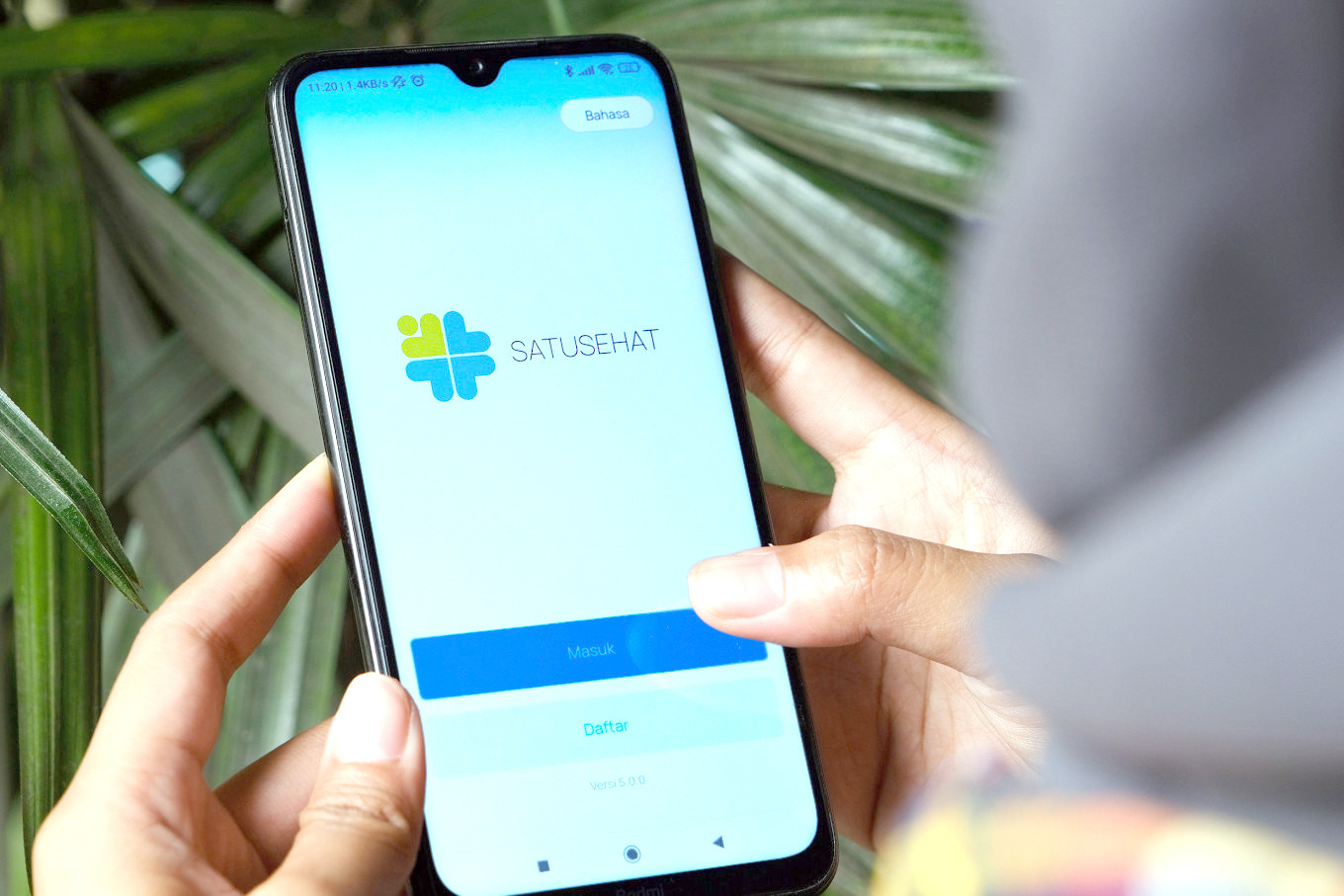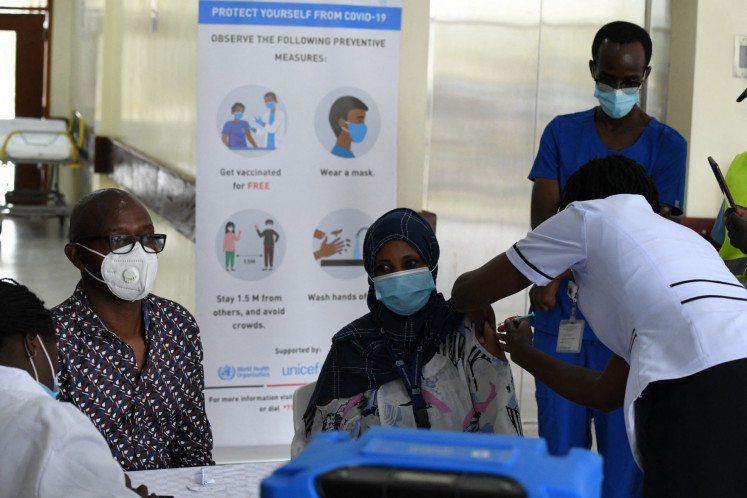Popular Reads
Top Results
Can't find what you're looking for?
View all search resultsPopular Reads
Top Results
Can't find what you're looking for?
View all search resultsUnlocking a lifeline for Indonesia’s health system
SATUSEHAT Logistik is a shining example of how digitalization can be a force for good.
Change text size
Gift Premium Articles
to Anyone
A
s Indonesia envisions a "Healthy Indonesia", digitalization has emerged as a driving force of transformation across various sectors, including health care. The pandemic demonstrated the critical role digital tools play in navigating challenges, and this momentum has only grown.
The government officially enacted the Health Law in 2023. At its core is SATUSEHAT (One Health) as National Health Information System, an ambitious initiative designed to integrate all health-related digital platforms into a unified system through standardization. This move, initially started within the comprehensive Digital Health Blueprint launched in 2021, signifies a pivotal moment in Indonesia’s journey toward a more cohesive and efficient healthcare ecosystem.
However, these advancements did not happen overnight. They are the result of overcoming significant hurdles, among them the fragmentation of health data. More than 400 healthcare service delivery apps were developed by various government bodies, many operating in silos, potentially leading to inefficiencies.
As the SATUSEHAT platform continues to evolve, its ecosystem, comprising SATUSEHAT Mobile, SATUSEHAT SDMK, SATUSEHAT Data and the Sehat Indonesiaku app, represents a significant step toward digital transformation in health care.
However, one critical challenge remains: logistics. Ensuring the seamless distribution of pharmaceuticals and medical devices, from production and procurement to delivery at healthcare facilities across Indonesia, is a persistent struggle, particularly given the nation's vast and dispersed archipelago. Despite these challenges, logistics remains the backbone of an effective healthcare system, playing a pivotal role in enabling timely and life-saving interventions.
A 2020 report by the United Nations Inter-Agency Group for Child Mortality Estimation (UNIGME) revealed a startling reality, over 30,000 Indonesian children under the age of five die from preventable diseases each year. The report also noted an under-five mortality rate of 23 per 1,000 live births, totaling approximately 45,000 child deaths annually.



















